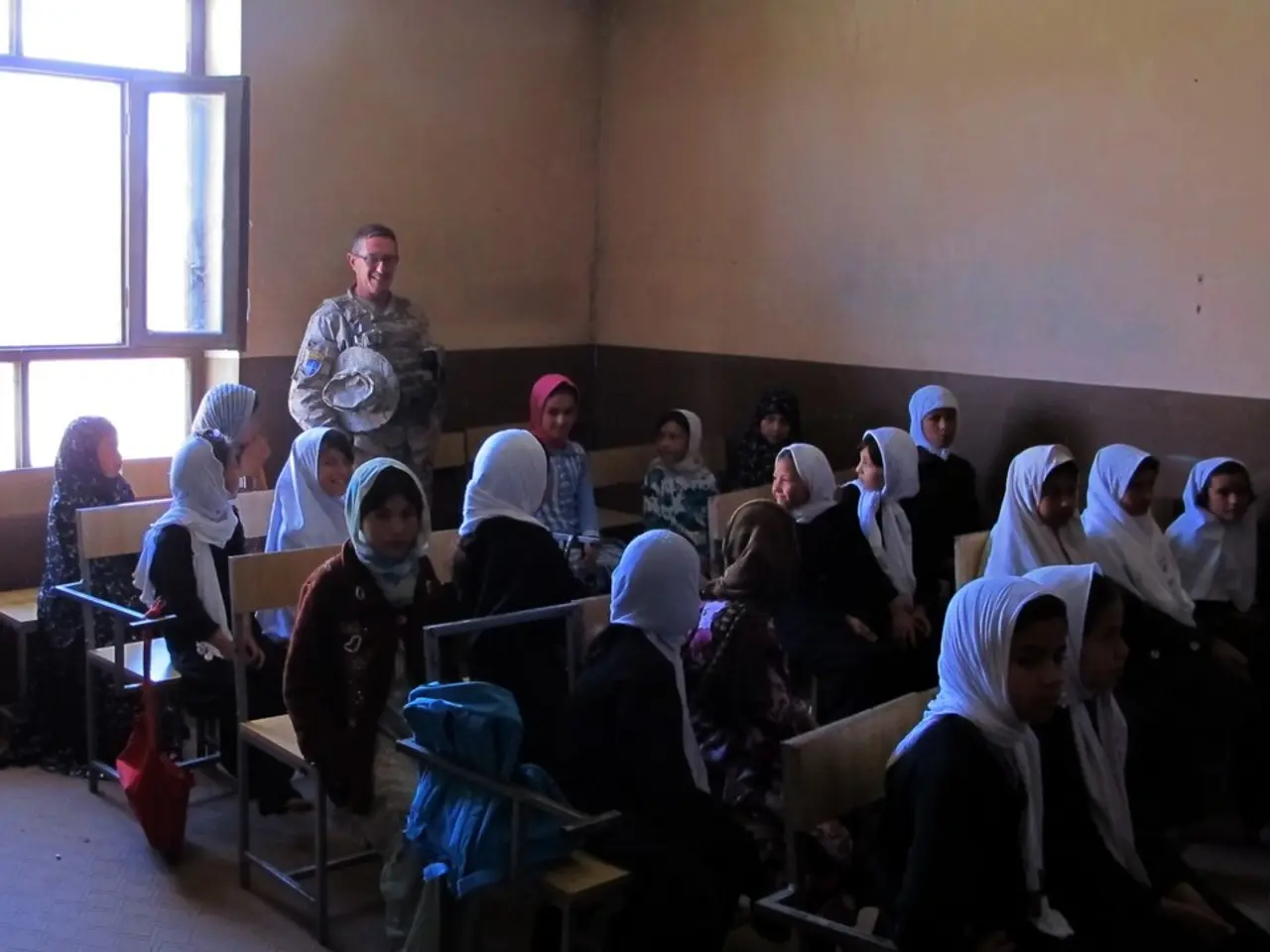Exploring and Valuing Multiculturalism in Education: Advantages, Obstacles, and Triumphant Tales
In today's interconnected world, the importance of fostering a culturally diverse learning environment cannot be overstated. Success stories from various educational programs across the globe demonstrate that when educators and communities embrace cultural diversity, students thrive academically, socially, and emotionally.
Programs such as the "Cultural Exchange Program" and the "Global Classroom" initiative have been instrumental in creating inclusive educational environments that celebrate and respect the unique contributions of every student. By fostering meaningful relationships and promoting cultural understanding, these programs create a supportive and inclusive learning environment.
A culturally diverse learning environment prepares students for the globalized world by equipping them with cross-cultural competence and the ability to work effectively with people from diverse backgrounds. It enriches classroom discussions, encourages critical thinking, and promotes a deeper understanding of various cultures and traditions.
Moreover, cultural diversity in education promotes empathy, tolerance, and respect, fostering a sense of empathy and understanding, reducing prejudice and discrimination. Creating a safe and inclusive classroom environment is crucial for promoting cultural diversity in education, with clear guidelines for respectful communication and behavior. Open dialogue and creating opportunities for students to share their cultural experiences are essential strategies for fostering a safe and inclusive classroom environment.
Teachers play a pivotal role in promoting inclusivity in a culturally diverse learning environment. They should adapt teaching methods to include auditory, visual, and kinesthetic approaches, ensuring that all students can engage in a manner that suits them. Including multicultural content in lessons and using literature, media, and examples reflecting the cultures of the students is essential to ensure everyone feels represented.
Celebrating cultural traditions and holidays by organizing events where students share food, music, stories, and other cultural expressions strengthens bonds and mutual respect. Creating a safe space for open dialogue about diversity enables students to discuss their experiences, build empathy, and correct misconceptions.
Assessing and adapting teacher behavior and the classroom environment to be judgment-free and culturally responsive is crucial. Using inclusive teaching practices such as differentiated instruction, collaborative learning, storytelling, and student-led discussions helps build a supportive and inclusive classroom culture.
Incorporating diversity, equity, and inclusion (DEI) principles, focusing on cultural competence, bias awareness, and equitable outcomes, not just access, is essential. Together, these strategies foster a classroom where all students feel valued, understood, and supported to succeed academically and socially in a multicultural setting.
The "Cultural Exchange Program" and the "Global Classroom" initiative showcase the power of cultural diversity in education and highlight the positive outcomes that can be achieved. By embracing and celebrating cultural diversity, we can create educational environments that empower students to thrive in a diverse and interconnected world.
Globally, the integration of education-and-self-development programs, such as the "Cultural Exchange Program" and the "Global Classroom," enriches students' lifestyles by promoting a deeper understanding of various cultures and traditions. By fostering meaningful relationships and cultural understanding, these programs contribute significantly to the students' ability to flourish personally, socially, and academically in the globalized world.
A culturally diverse learning environment, facilitated by adopting DEI principles and inclusive teaching practices, equips students with cross-cultural competence, paving the way for empathy, tolerance, and respect in their lifestyles, preparing them for success in a diverse and interconnected world.




